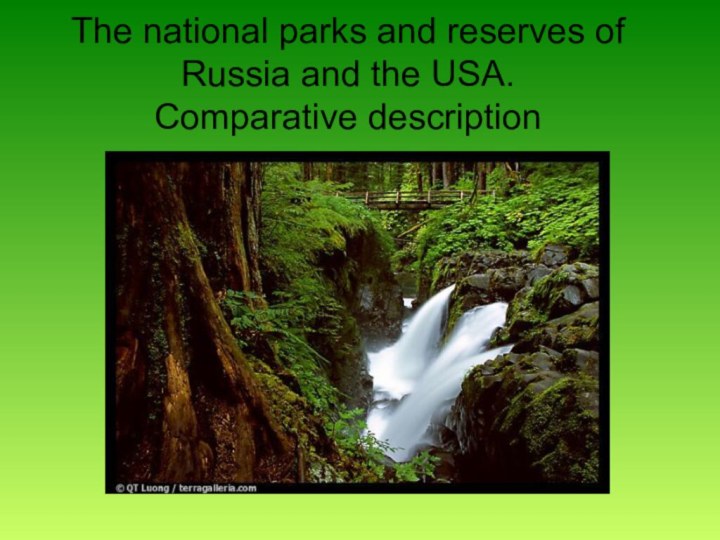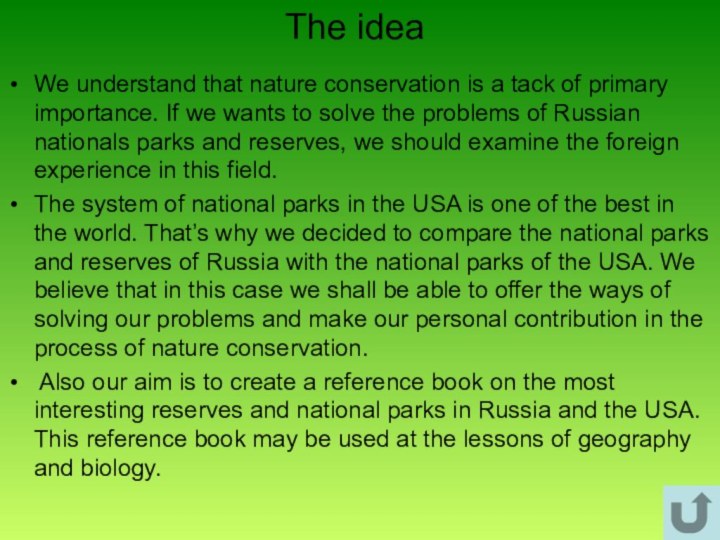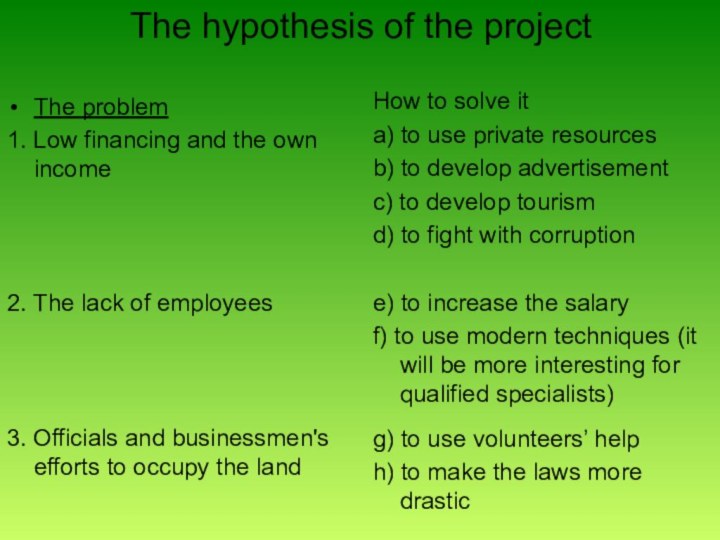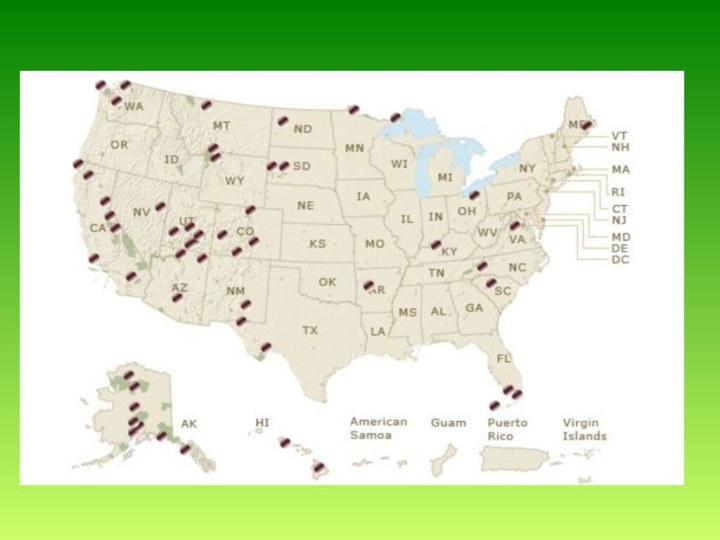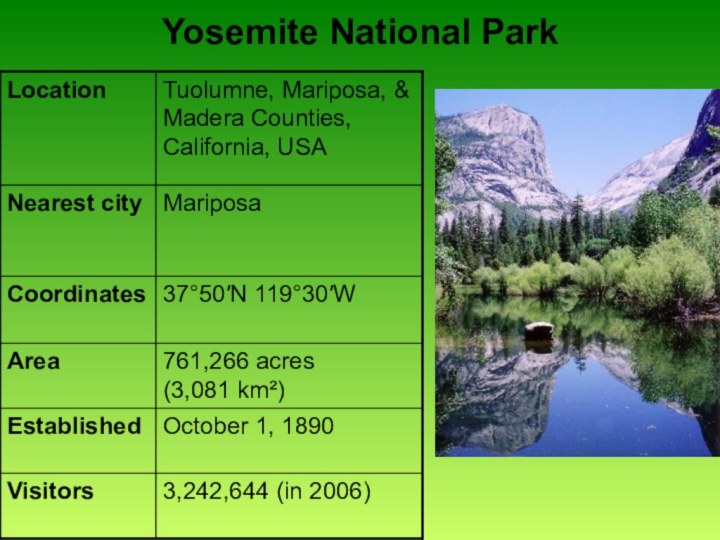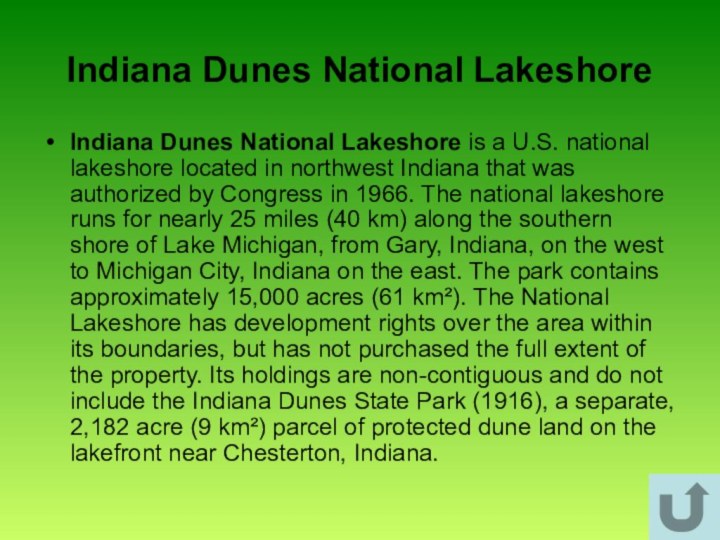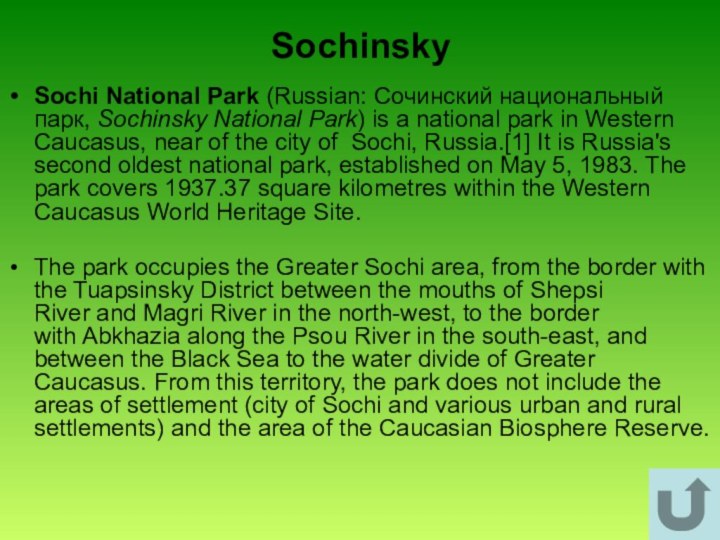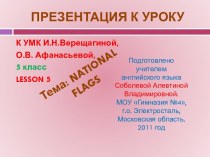park come to the South Rim, arriving on Arizona
Highway 64. The Highway enters the park through the South Entrance, near Tusayan, Arizona, and heads eastward, leaving the park through the East Entrance. All park accommodations are operated by the Xanterra corporation. Park headquarters are at Grand Canyon Village, a short distance from the South Entrance, being also the center of the most popular viewpoints.
Some thirty miles of the South Rim are accessible by road. A much smaller venue for tourists is found on the North Rim, accessed by Arizona Highway 67. There is no road connection between the two - Within Arizona - except via the Navajo Bridge, near Page, Arizona, entailing a five-hour drive. Otherwise, the two rims of the Canyon are connected via Las Vegas, Nevada, and the Hoover Dam.
Grand Canyon National Park
